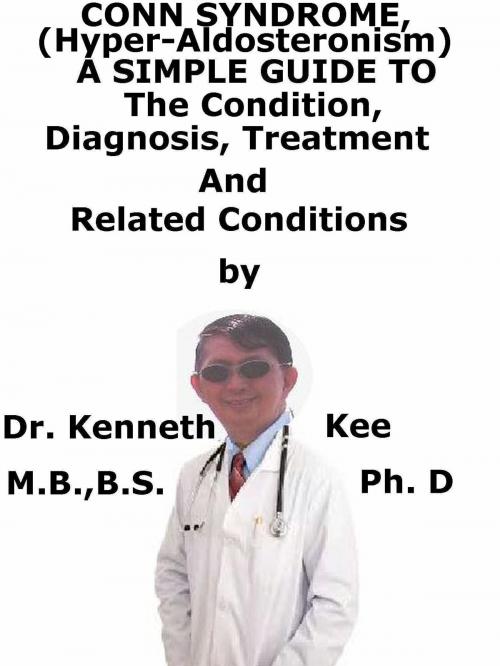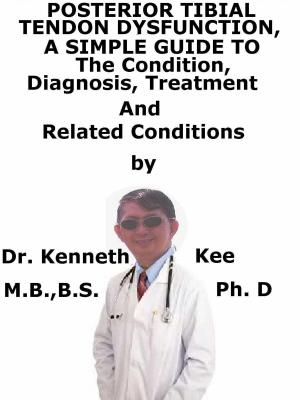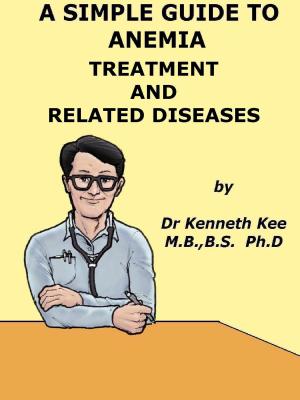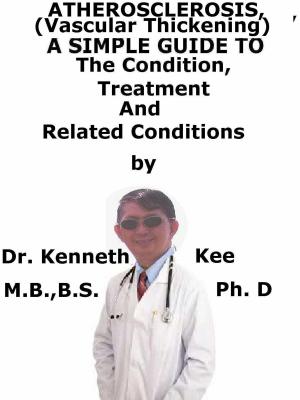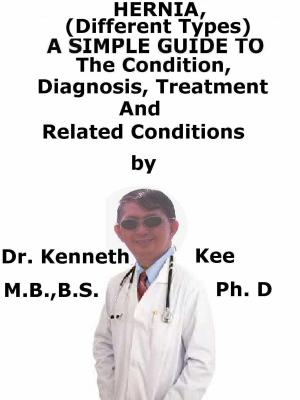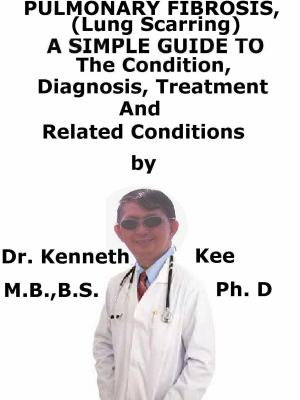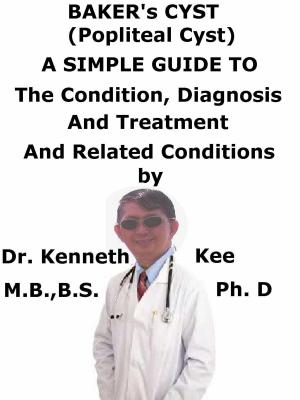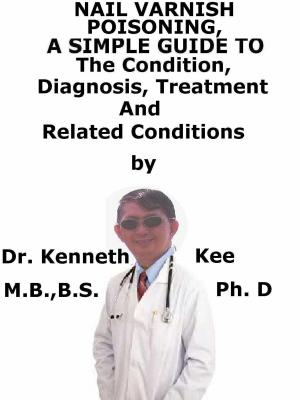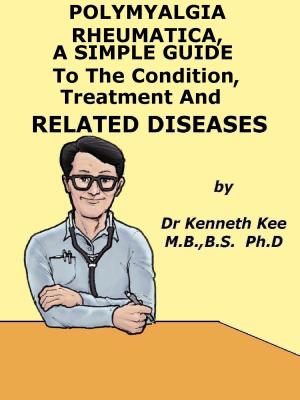Conn Syndrome, (Hyper-Aldosteronism) A Simple Guide To The Condition, Diagnosis, Treatment And Related Conditions
Nonfiction, Health & Well Being, Medical, Specialties, Internal Medicine, Endocrinology & Metabolism| Author: | Kenneth Kee | ISBN: | 9781370759309 |
| Publisher: | Kenneth Kee | Publication: | October 17, 2016 |
| Imprint: | Smashwords Edition | Language: | English |
| Author: | Kenneth Kee |
| ISBN: | 9781370759309 |
| Publisher: | Kenneth Kee |
| Publication: | October 17, 2016 |
| Imprint: | Smashwords Edition |
| Language: | English |
Conn Syndrome is a medical disorder in which the adrenal gland secretes too much of the hormone aldosterone into the blood.
Aldosterone is the hormone produced by the adrenal gland that helps regulate the blood pressure by changing the electrolytes levels such as potassium and sodium in the blood.
Excess aldosterone permits the body to hold onto sodium and water and to reduce potassium in unsafe amounts.
This will in turn raise the amount of fluid in the body, and therefore increases the blood pressure.
Conn Syndrome or hyper-aldosteronism can be primary or secondary.
The word "primary hyper-aldosteronism" means that the condition is the result of a problem in the adrenal glands.
Disorders outside of the adrenal glands can also result in too much aldosterone, but these conditions are called secondary hyper-aldosteronism.
Primary hyper-aldosteronism can be the result of either unilateral disease (i.e. hyperactivity in one adrenal gland) or bilateral disease (i.e. over activity of both adrenal glands).
The most frequent causes of primary hyper-aldosteronism are:
1. Unilateral adrenal gland adenoma (2/3)
2. Bilateral adrenal gland hyperplasia (1/3)
Unilateral adrenal gland adenoma or "aldosteronoma" is a benign tumor in one of the adrenal glands that produces too much aldosterone.
In bilateral adrenal gland hyperplasia, both adrenal glands are hyperactive and produce too much aldosterone.
Less frequent causes of primary hyper-aldosteronism are:
1. Unilateral adrenocortical carcinoma (
Conn Syndrome is a medical disorder in which the adrenal gland secretes too much of the hormone aldosterone into the blood.
Aldosterone is the hormone produced by the adrenal gland that helps regulate the blood pressure by changing the electrolytes levels such as potassium and sodium in the blood.
Excess aldosterone permits the body to hold onto sodium and water and to reduce potassium in unsafe amounts.
This will in turn raise the amount of fluid in the body, and therefore increases the blood pressure.
Conn Syndrome or hyper-aldosteronism can be primary or secondary.
The word "primary hyper-aldosteronism" means that the condition is the result of a problem in the adrenal glands.
Disorders outside of the adrenal glands can also result in too much aldosterone, but these conditions are called secondary hyper-aldosteronism.
Primary hyper-aldosteronism can be the result of either unilateral disease (i.e. hyperactivity in one adrenal gland) or bilateral disease (i.e. over activity of both adrenal glands).
The most frequent causes of primary hyper-aldosteronism are:
1. Unilateral adrenal gland adenoma (2/3)
2. Bilateral adrenal gland hyperplasia (1/3)
Unilateral adrenal gland adenoma or "aldosteronoma" is a benign tumor in one of the adrenal glands that produces too much aldosterone.
In bilateral adrenal gland hyperplasia, both adrenal glands are hyperactive and produce too much aldosterone.
Less frequent causes of primary hyper-aldosteronism are:
1. Unilateral adrenocortical carcinoma (
